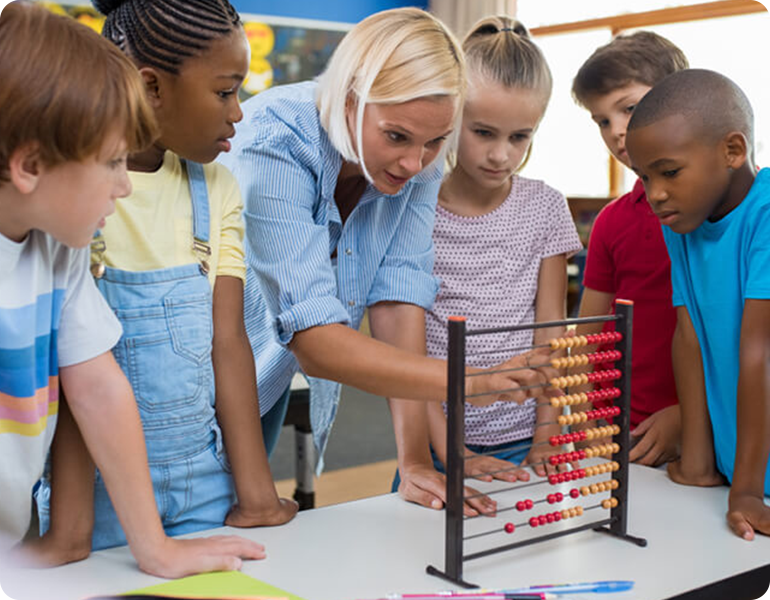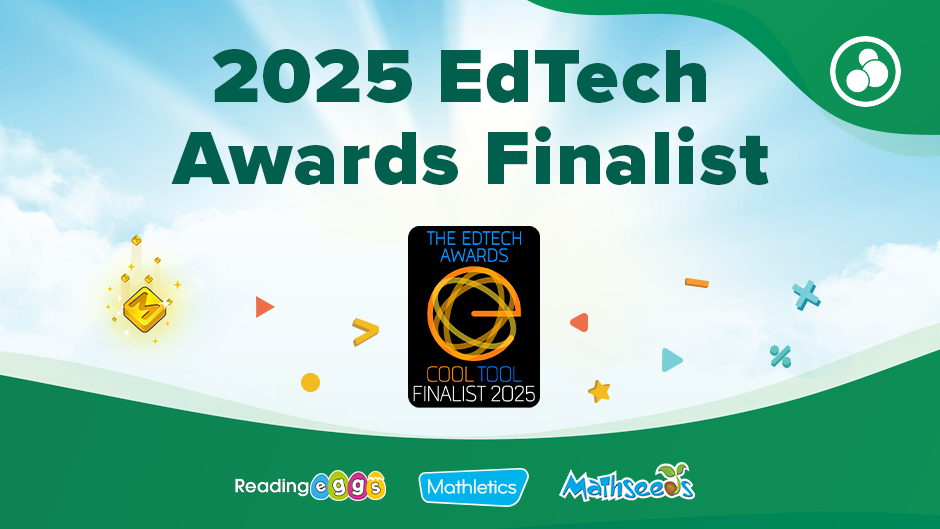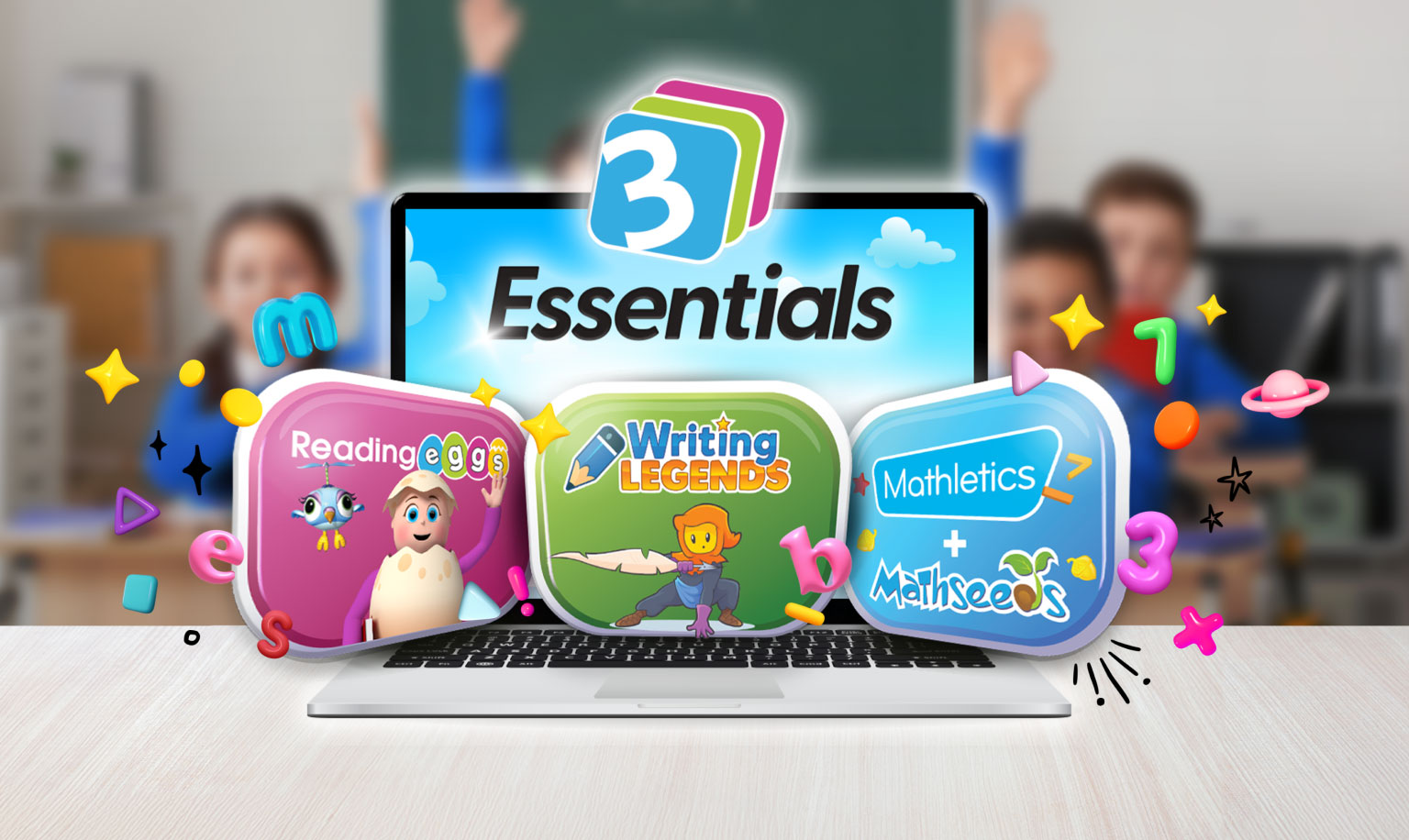
Children are naturally curious and learn to make sense of their world through exploration, questioning and reasoning. As children get older they become more self-conscious and their natural inquisitiveness is not expressed or supported as much as it could be. This is unfortunate because learning to use mathematics in meaningful ways requires being curious, asking a lot of questions and reasoning. Through reasoning, children connect ideas, gain a deeper conceptual understanding and ultimately enjoyment of maths.
Currently, maths curricula around the world emphasise the process of reasoning as one of the key mathematical practices. This is more precise than “Thinking Mathematically” or “Working Mathematically” which tend to refer to a collection of actions. Effective environments for nurturing mathematical reasoning can be created by deliberately choosing tasks and activities that require reasoning. The teacher’s role in providing opportunities to practise the tools and habits of reasoning is significant.
What exactly is argumentation?
Mathematical reasoning happens through making conjectures, investigating and representing findings and explaining and justifying conclusions.
“Reasoning can be thought of as the process of drawing conclusions on the basis of evidence or stated assumptions…Sense-making can be defined as developing an understanding of a situation, context, or concept by connecting it with existing knowledge.” (1)
The National Council of Teachers of Mathematics defines a reasoning habit as “a productive way of thinking that becomes common in the processes of mathematical inquiry and sense-making.”
Reasoning and sense-making are intertwined. Consider how a student solved this question:
18 + 27 = ◊ + 29
“Twenty-nine is two more than 27 so the number in the box has to be two less than 18 to make the two sides equal so it’s 16.” (2)
Instead of calculating one side of the expression as 45 and then figuring out the number to add to 29 to get to 45, she has simplified the calculation by comparing the numbers and has realized 29 is two more than 27 so the number added had to be two less than 18. This is a great example of reasoning and sense-making!
Reasoning and sense-making are intertwined
Applying reasoning and sense-making is more than confirming whether a solution is correct or not and is not solely about solving non-routine problems. It is not just for more able students – struggling students can benefit from instruction that helps them find connections within topics.
Components of reasoning should be a consistent part of students’ everyday maths experiences right through from kindergarten to year 12. Number and Place Value, as well as Fractions, are both topics where reasoning and sense-making are integral in developing conceptual understanding.
Creating a reasoning and sense-making culture:
Tasks and routines that promote discussion and sharing of ideas are incredibly useful in creating a reasoning and sense-making culture. For instance:
“Classroom number talks,” (3) are five- to fifteen-minute conversations around purposefully crafted mental computation strategies. At the start of a “number talk” session students have given a problem to solve mentally, such as 16 × 25, with three student solutions posted for consideration: 230, 400, and 175. Another “number talk” question could be “Which calculation will generate the same result as 121 – 89: 120 – 90 or 122 – 90? Why do you think so?”
A suggestion for an activity that generates discussion for younger children is as follows:
Show two different ten-frame cards for a few seconds and then ask a sequence of questions such as: “How many dots did you see?” “How did you see [total represented in ten-frame cards]?” “Why did moving the dots in your mind make it easier to see how many were there?” (4)
These types of discussions ask students to communicate their thinking when presenting and justifying solutions to problems they solve mentally. Of course, it is important that classroom culture is established where they feel safe to share ideas. Incorrect reasoning and mistakes need to be carefully dealt with too. Also, teachers need to be mindful of the types of questions they ask and at what points in the discussion they ask them. Effective questioning helps students see the connections between ideas without telling them too much.
Effective questioning helps students see the connections between ideas without telling them too much.
Maths games are useful for creating a context for developing students’ mathematical reasoning. They provide motivation to compare different strategies. There are a plethora of good maths games around and are fairly easy to come by. One such game is:
“Close to 20” (5). It is played by using a set of cards numbered 0 to 9. Each player is dealt five cards and then chooses three of the five cards to make a sum as close to 20 as possible but not more than 20. A player’s score for the round is the difference between his or her combination and 20. The lowest score wins. This is such a simple game requiring few materials yet contains some powerful mathematical ideas such as: Numbers can be combined in different ways, The closest sum may be greater than 20, Estimation and related facts can reduce the number of combinations you have to check for the closest sum.
The reasoning process
Theoretically speaking, there are three main components to the reasoning process: conjecturing, generalizing and justifying. These components are interrelated and students can move through them in any order. (6)
- “Conjecturing involves reasoning about mathematical relationships to develop statements that are tentatively thought to be true but are not known to be true. These statements are called conjectures.” (6)
A conjecture is basically a true or false statement.
- “Generalizing involves identifying commonalities across cases or extending the reasoning beyond the range in which it originated.” (6)
Generalizing means noticing a pattern or a relationship, and expanding that pattern or relationship beyond the scope of the original problem where a new insight is formed. A conjecture that is true, for example: “If I add ¾ and 7/8 the answer will be less than 2 ”can be extended to a generalization such as: “When I add two fractions each less than 1 the result will be less than 2”.
- Justification: “A mathematical justification is a logical argument based on already-understood ideas.” (6)
A successful justification does more than just show that one statement is true—it explains why by describing how it is true in every instance.
Conjecturing, generalizing and justifying are fancy terms, but are actually about sense-making through reasoning.












